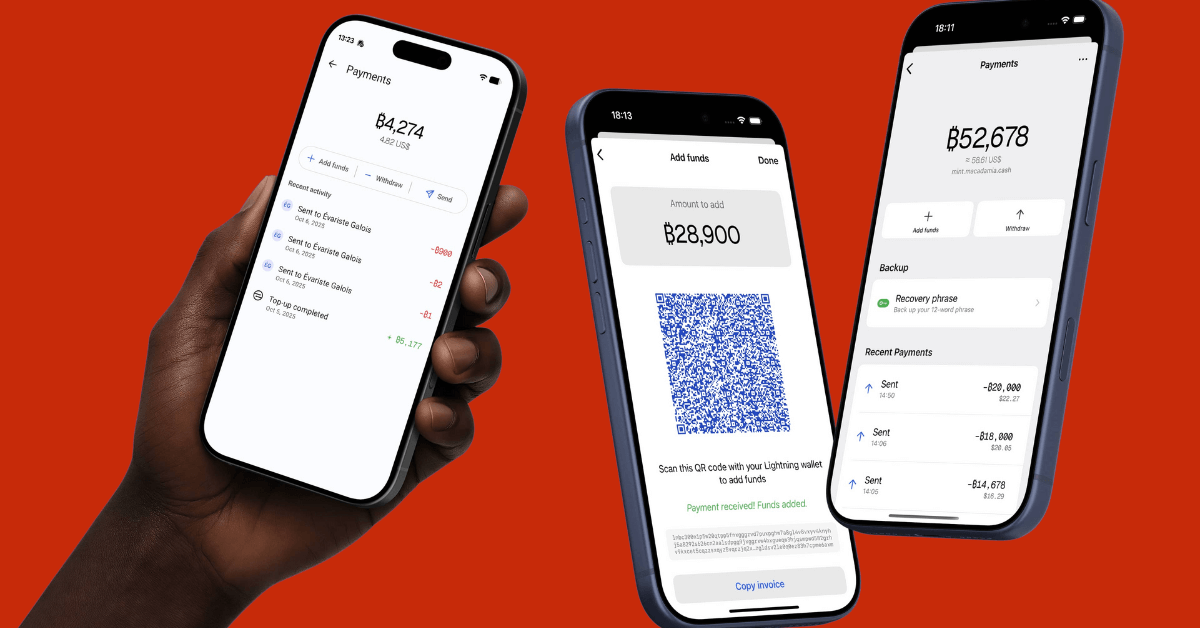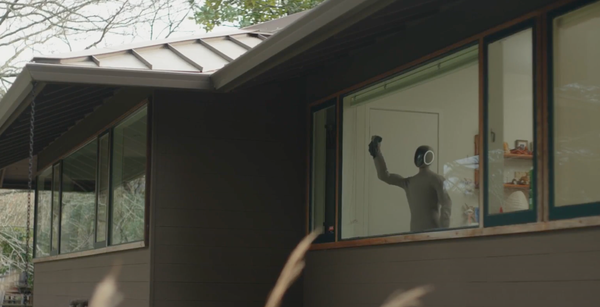Fork That Rocket Science
Has NASA been OSS pilled?

NASA Stennis just did something arguably more revolutionary than testing rocket engines — they released open source software. The space agency's premier propulsion test center has published its first-ever OSS offering: a peer review tool for LabVIEW applications that could change how small companies interact with literal rocket science.
Entering Twitter HQ – let that sink in! pic.twitter.com/D68z4K2wq7
— Kekius Maximus (@elonmusk) October 26, 2022
Let that sink in. The same folks who make sure your multi-billion dollar space toys don't explode are now letting anyone grab their code on GitHub.
What NASA Actually Released
Stennis has open sourced their Data Acquisition System Peer Review Tool, which was built to support their NASA Data Acquisition System (NDAS). This tool specifically addresses a genuine pain point in the LabVIEW ecosystem — collaborative code review for graphical programming.
For the uninitiated, LabVIEW uses visual programming (think colorful blocks and wires) instead of text. This makes it accessible to engineers who aren't primarily programmers, but creates a nightmare for code reviews. How do you efficiently diff and review changes when your "code" is essentially a diagram?
NASA's answer is this peer review tool, which automates pieces of the review process and creates a streamlined environment for collaborating on LabVIEW projects. It lets developers focus on actual code changes rather than fighting with comparison tools.
Why Small Companies and Startups Should Care
This matters beyond NASA's own rocket test stands for several reasons:
- Solving Real Engineering Problems: This isn't some abstract academic exercise or PR stunt. NASA built this because their engineers needed it daily for mission-critical systems that literally keep rockets from exploding.
- Specialized Tools Mean Specialized Opportunities: Small companies working with LabVIEW now have access to enterprise-grade tooling previously unavailable anywhere. NASA doesn't build fluff — they build things that solve genuine engineering challenges.
- Built-In Credibility: For startups and small firms in industrial automation, test systems, or aerospace, being able to say "we use the same peer review processes as NASA" carries weight with potential clients and partners.
- Community Development Potential: NASA explicitly stated they want the community to improve upon their work. This creates a potential ecosystem where boutique engineering firms could both benefit from and contribute to tooling used on actual spacecraft.
The Bigger Picture of NASA OSS
This release represents a shift in how government research gets transformed into economic opportunity. Historically, tech transfer from agencies like NASA has been a bureaucratic maze that primarily benefited those with the resources to navigate it.
Open source flips this model. Small companies don't need special agreements, licensing deals, or Washington connections to build on NASA innovations. They just need Git.
What we're seeing is the democratization of actual rocket science. The same code that helps test the engines that will take humans back to the Moon is now available to any startup or small engineering firm with the vision to use it.
Brandon Carver, one of the NASA software engineers behind the project, expressed his hope for fostering "a community around the tool, so it is continuously improved." This community-oriented mindset represents a seismic shift at an agency previously known more for proprietary systems than pull requests.
NASA Stennis is billing this as their "first" open source release, which suggests more could follow. Has NASA been OSS pilled?
If this initial foray into open source proves successful, we could see more sophisticated tools emerge from NASA's test complex. For small companies working in specialized technical fields, this represents an unprecedented opportunity to build upon aerospace-grade software without aerospace-grade budgets.
The barriers between "rocket science" and everyday engineering are eroding. Small companies looking to leverage NASA innovation no longer need to wait for technology transfer — they just need to clone a repo.
The code is available now on NASA's GitHub. For technical teams using LabVIEW, this could be the start of a beautiful collaboration with actual rocket scientists.
Visit Stennis News – NASA to access accompanying articles.








